Virgin Orbit loses its first rocket shortly after engine ignition
“An anomaly then occurred early in first stage flight.”
by Eric Berger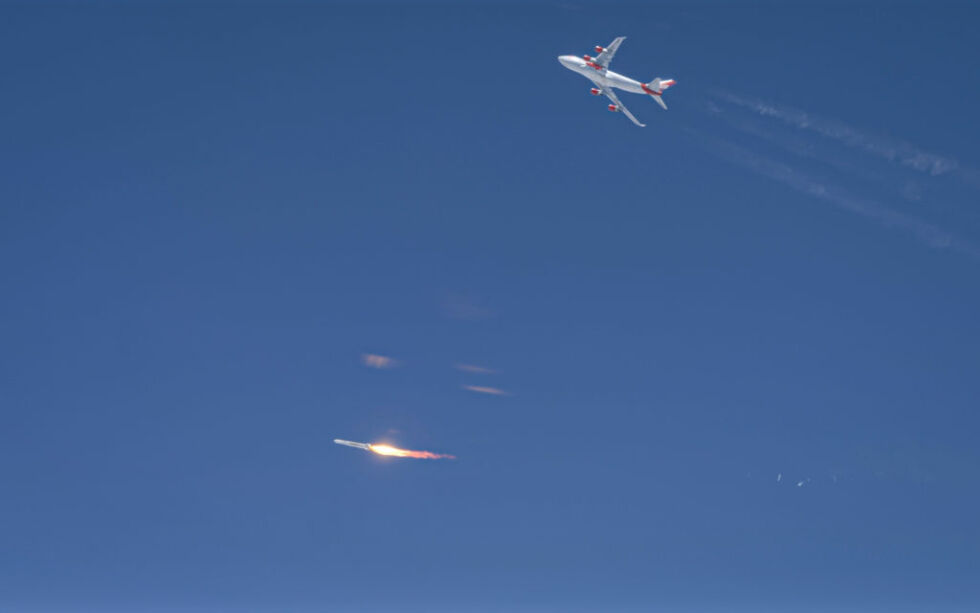
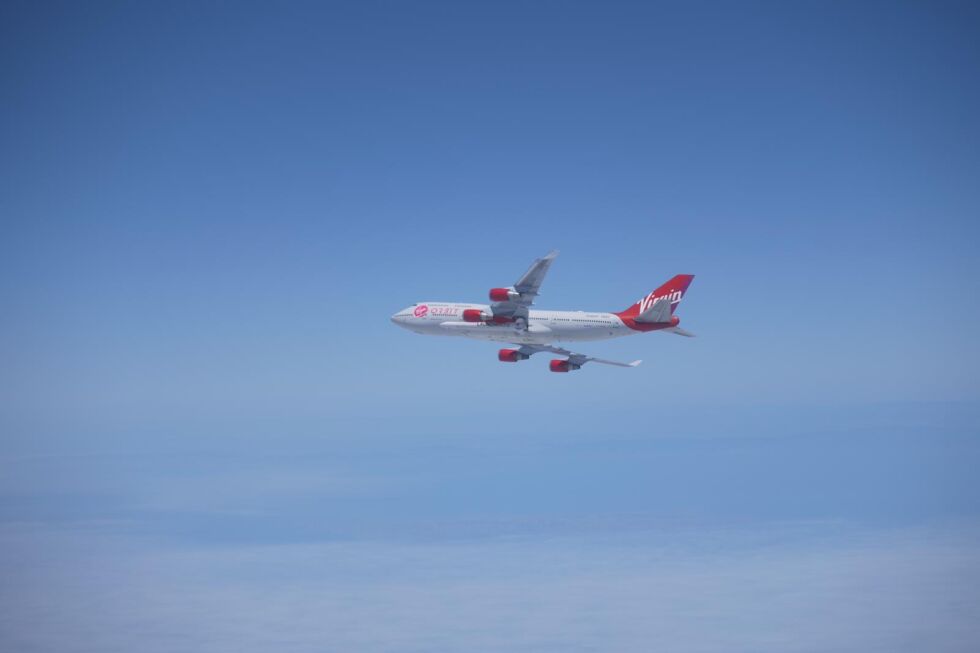
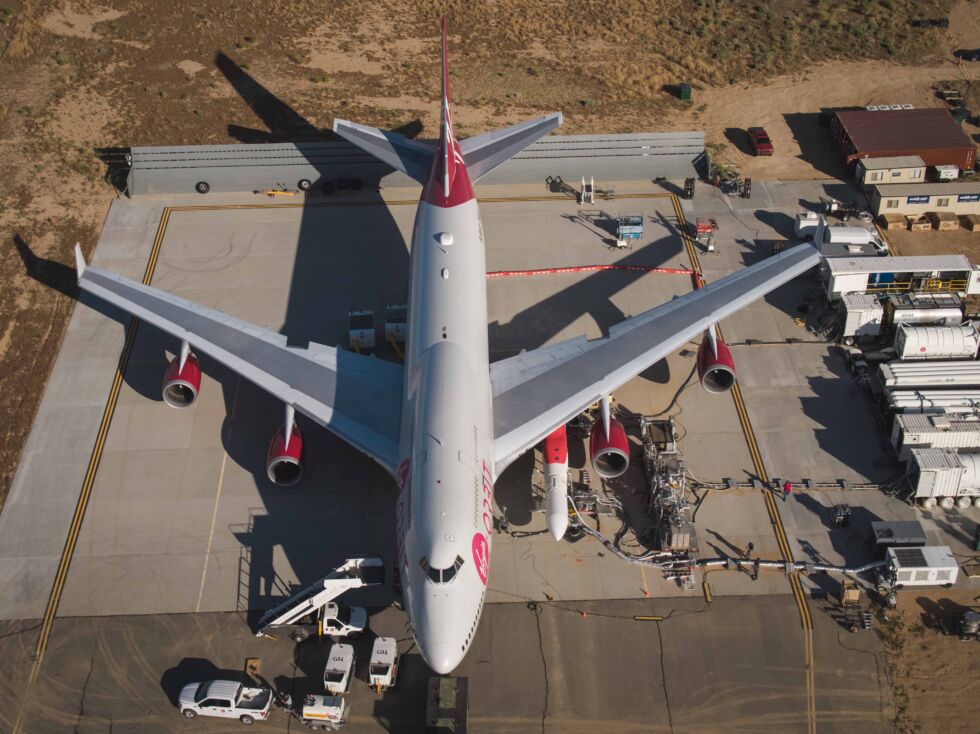
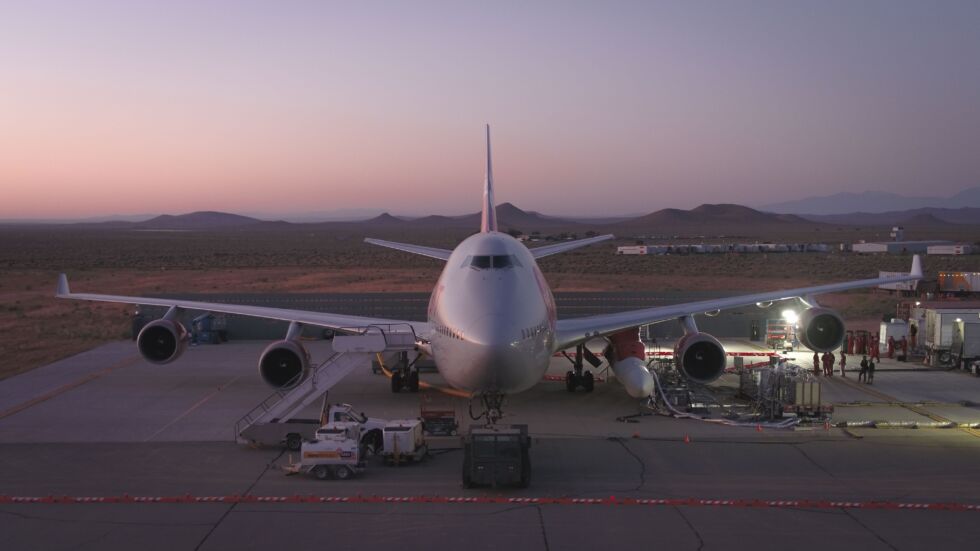
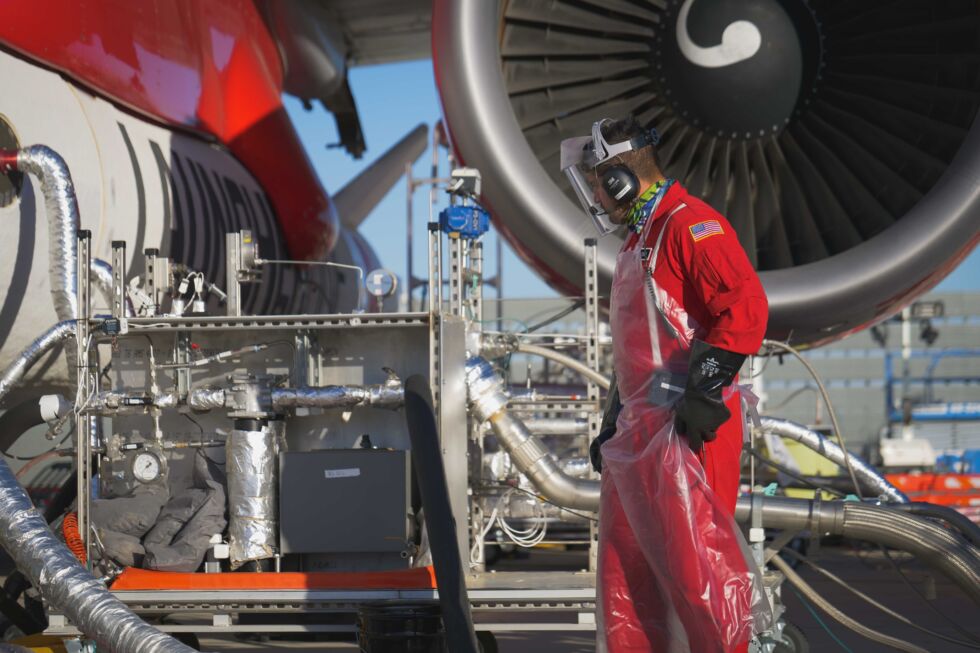
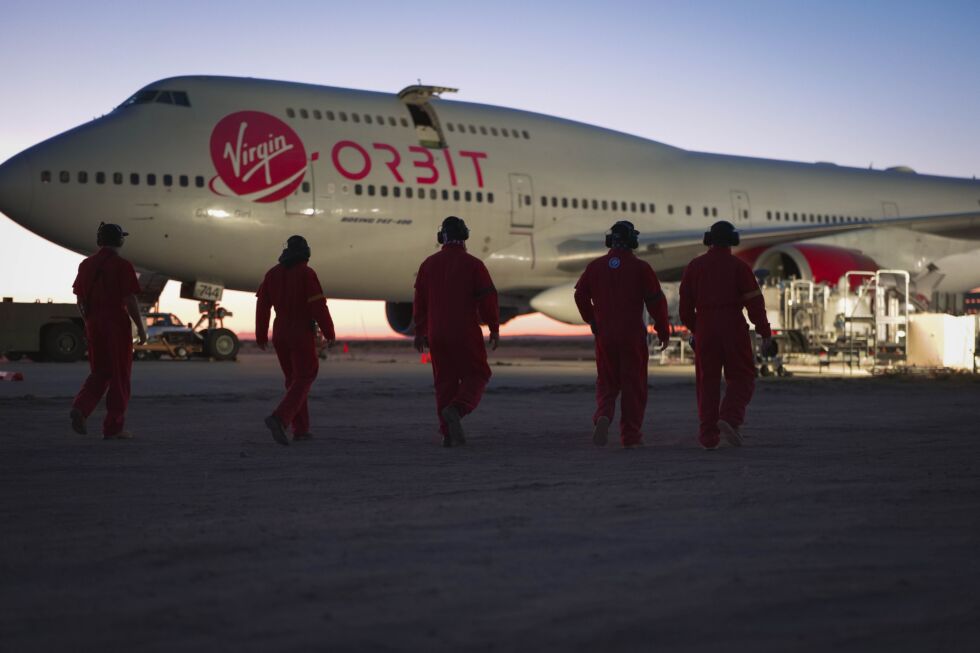
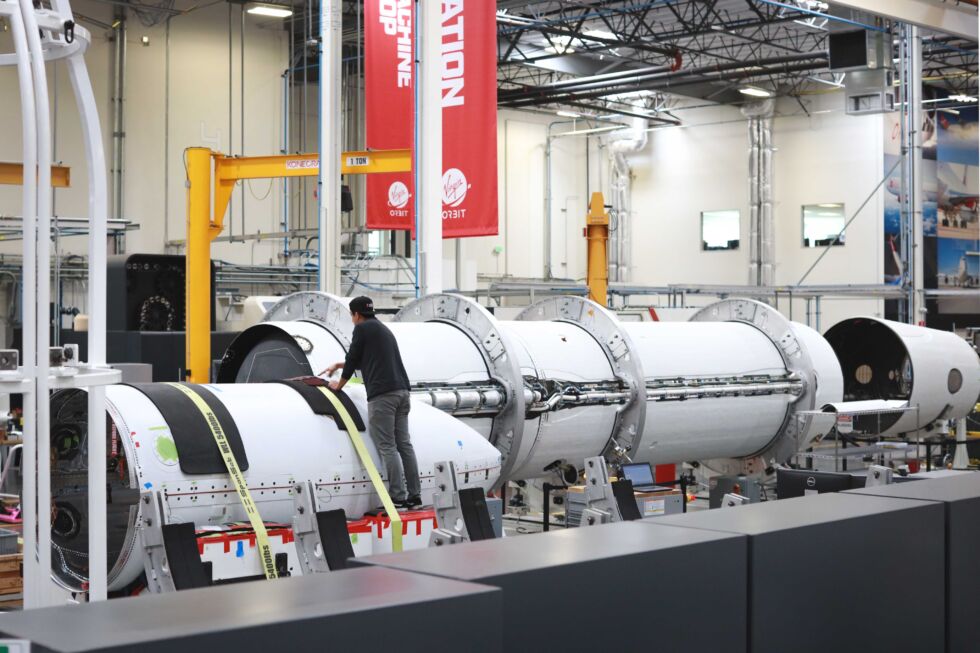
After more than seven years of development, testing, and preparation, Virgin Orbit reached an important moment on Monday—dropping and igniting its LauncherOne rocket over the Pacific Ocean. Unfortunately, shortly after ignition an "anomaly" occurred, the company said.
"LauncherOne maintained stability after release, and we ignited our first stage engine, NewtonThree," the company stated on Twitter. "An anomaly then occurred early in first stage flight. We'll learn more as our engineers analyze the mountain of data we collected today."
This was the company's first attempt to ignite LauncherOne. Previously, it had strapped the liquid-fueled rocket to its modified 747 aircraft and flown out over the Pacific Ocean but not released the booster from beneath the plane's wing.
After Monday's launch attempt the crew on board the 747 and a chase plane safely made it back to the Mojave Air & Space Port without harm. The company stressed that it now has plenty of data to dig into and is "eager" to get on to its next flight.
In an interview, the company's vice president of special projects, Will Pomerantz, said the rocket dropped from the plane as intended and in a controlled manner. The engine also ignited when and how they expected—a real challenge for a mid-air, liquid fueled rocket. "That is the biggest single technical risk of the program retired," Pomerantz said.
After ignition, the engine burned for "a couple" of seconds before something happened with the booster. The launch team is already reviewing data to learn whether this was a hardware, software, or some other type of issue. "We’ve got some good reasons for optimism based upon our very early looks at the data," Pomerantz said.
A capstone test
Prior to Monday's test, Virgin Orbit officials attempted to set expectations fairly low for the flight, which carried no commercial payload. "The data is the product of this flight," the company's chief executive, Dan Hart, said during a call with reporters on Saturday. By extension, every second of the rocket's flight would bring additional data. The company had hoped for minutes of data as LauncherOne climbed to orbit, however.
Virgin Orbit did not conduct Monday's test casually. It was the endpoint of an incremental, years-long campaign to put the aircraft and rocket through a series of increasingly complicated tests. "We’ve done everything we can think of that we should do, including filling up the rocket and flying it out to the drop point," Hart said. "You essentially get to a point where you have looked under every rock to verify whether the system is ready."
The company presently has about 500 employees, working primarily out of its offices in Long Beach, California. It plans to launch payloads of up to 300kg to low-Earth orbit on LauncherOne at a base price of $12 million. Very roughly, with that level of staffing, Virgin Orbit probably needs to reach a cadence of 10 to 12 flights a year to break even.
Asked about the company's financial situation, Hart declined to directly answer. He said Saturday the company was "locked in place" right now with a focus on the test flight. He did say that Virgin Orbit has a backlog of launch contracts worth "hundreds of millions" of dollars. The company also has an important customer in the US military, which is interested in the potential to launch rapidly and reliably, into any orbital inclination, with the mobility of the 747 aircraft.
But first, Virgin Orbit has to get flying. The company did not say when it will make its next attempt, which seems reasonable considering the need to diagnose Monday's failure and apply those lessons to future tests. The company does appear to be hardware rich, with another rocket ready to go if there was not some serious hardware issue at fault.
Listing image by VirginOrbit